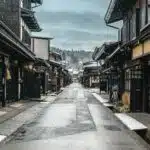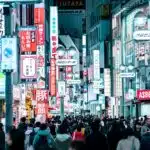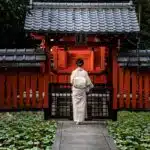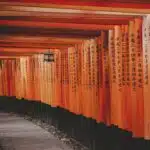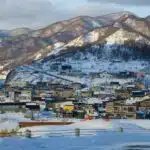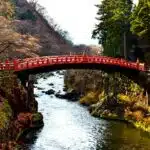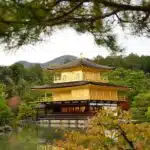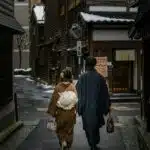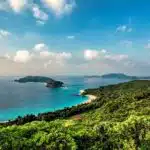Hakone is a picturesque hot spring resort town located in Kanagawa Prefecture, just an hour from Tokyo. Known for its volcanic landscapes, serene lakes, and views of Mount Fuji, Hakone offers a peaceful retreat from city life. Whether you’re soaking in an onsen or cruising across Lake Ashi, this destination blends nature, tradition, and adventure.

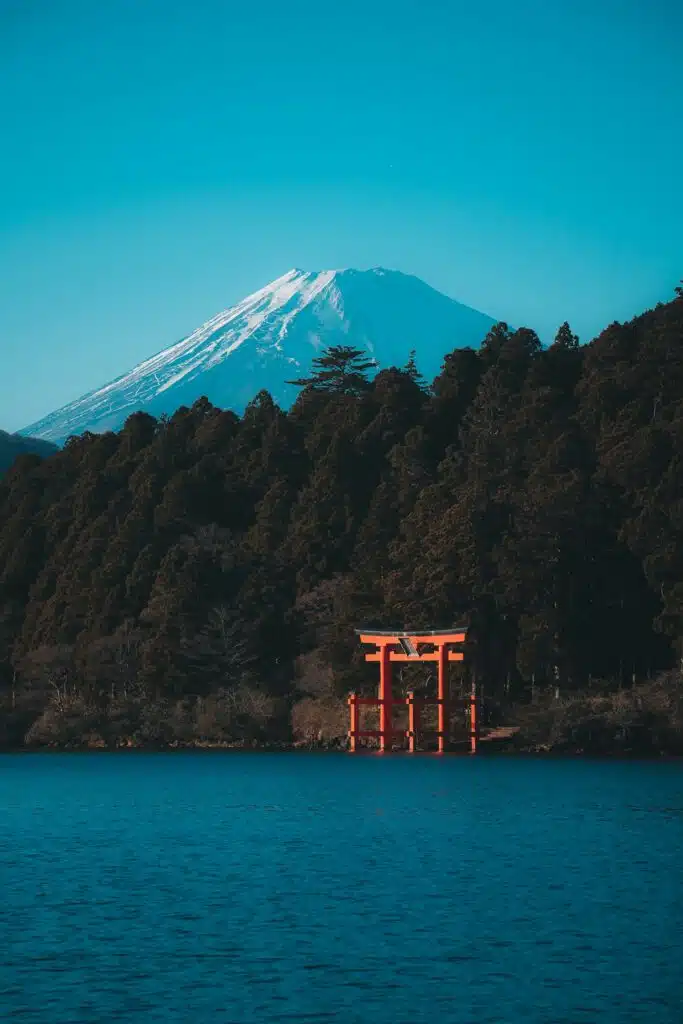
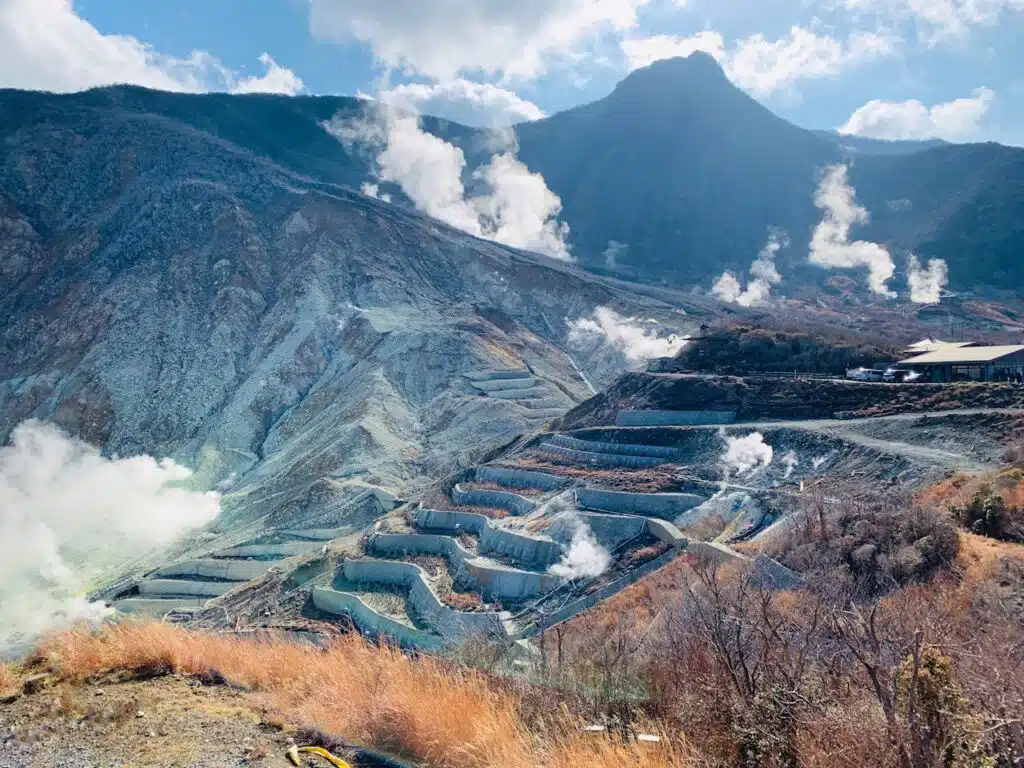
What to See and Do in Hakone
Open-Air Museum
This outdoor museum combines art and nature in a stunning mountain setting. It features sculptures by international artists, including a dedicated Picasso Pavilion, and interactive exhibits for children.
Tip: Visit early to enjoy the peaceful gardens and avoid crowds. Learn more on the official Hakone tourism site
Owakudani Valley
A dramatic volcanic valley with active sulfur vents and hot springs. Visitors can ride the cable car for panoramic views and try kuro-tamago—black eggs boiled in sulfuric water, said to add years to your life.
Lake Ashi (Ashinoko)
Formed in a volcanic caldera, Lake Ashi is known for its calm waters and scenic cruises. Hop aboard a pirate ship-style boat for views of Mount Fuji and visit the nearby Hakone Shrine, famous for its torii gate standing in the lake..
Hakone Shrine
Nestled in a forest near Lake Ashi, this Shinto shrine is a peaceful spot for reflection. Its iconic red torii gate in the water is one of Hakone’s most photographed landmarks.
Hakone Yumoto Onsen
This is the town’s main hot spring area, offering traditional Japanese bathhouses and ryokan inns. Soaking in mineral-rich waters is a must for relaxation and wellness.
Hakone Ropeway
Take a scenic cable car ride for sweeping views of the region. On clear days, you’ll see Mount Fuji rising above the landscape. The ropeway connects Owakudani to Lake Ashi, making it a convenient way to explore.
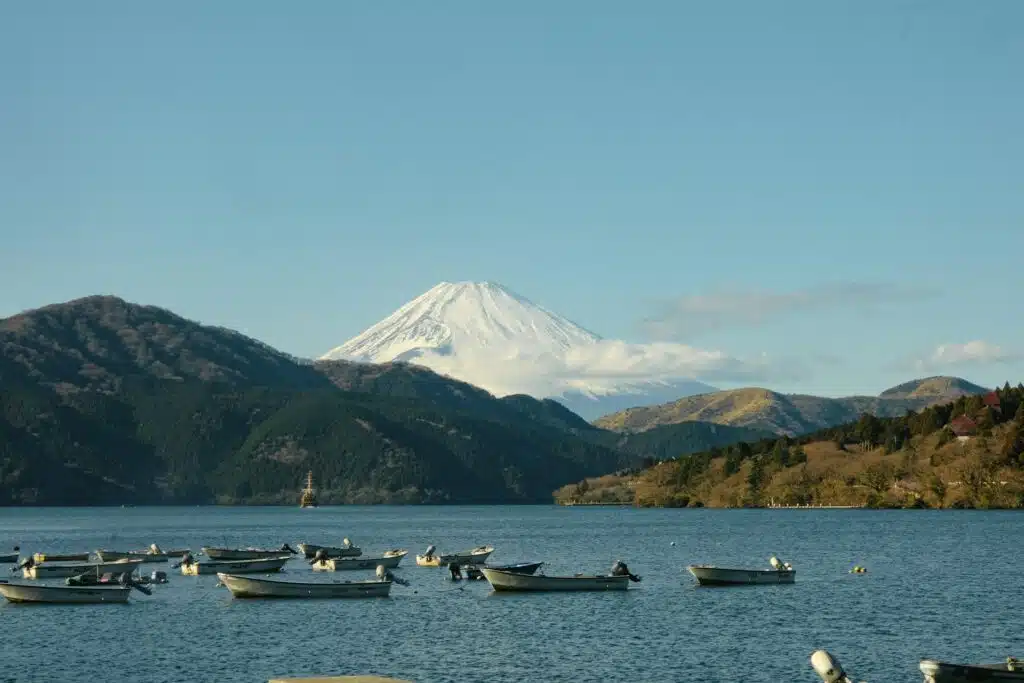
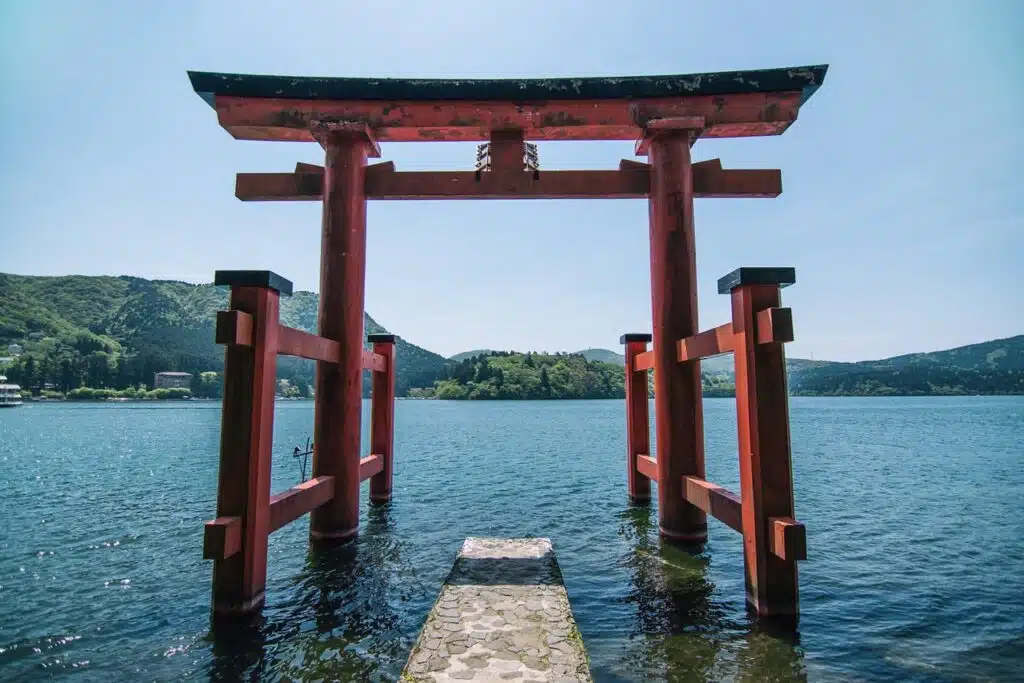
🧭 How to Get to Hakone from Tokyo
Hakone is easily accessible from Tokyo, with several transport options:
- Odakyu Line: From Shinjuku Station, take the Romancecar for a direct and scenic ride (75–90 minutes).
- JR Tokaido Line: Travel to Odawara Station, then transfer to local trains or buses.
- Shinkansen: The bullet train to Odawara takes about 30 minutes. From there, continue by local transport.
For detailed routes and ticket info, visit Japan Guide’s Hakone transport page
🧘 How to Enjoy Hakone Like a Local
The easiest and most cost-effective way is with the Hakone Free Pass. It gives you unlimited access to local trains, buses, boats, and cable cars, plus discounts at many attractions. It’s perfect for exploring the area without hassle.
Clear days offer the best chance to see Mount Fuji, especially in the morning. Hakone’s weather can be foggy or rainy, so check the forecast before your trip. Each season brings its own charm—from cherry blossoms in spring to snowy landscapes in winter.
Follow onsen etiquette: wash and rinse your body thoroughly before entering the bath, don’t wear swimwear, and be aware that some places restrict tattoos. Respecting these customs ensures a relaxing experience for everyone.
Quite a bit! Attractions like Owakudani Valley, Hakone Shrine, and the Open-Air Museum require walking. Wear comfortable shoes and be prepared for uneven terrain, especially in outdoor areas.
Yes—staying in a ryokan (traditional Japanese inn) lets you fully enjoy the hot springs and tranquil atmosphere. Many ryokans offer private onsen baths and traditional meals, making your stay both relaxing and culturally immersive.
Why Visit Hakone
It offers a perfect mix of natural beauty, cultural depth, and relaxation. From hot springs and museums to lakeside cruises and mountain views, it’s a destination that appeals to every kind of traveler.
For more Japan travel inspiration, explore Kyoto, Nikko, or Mount Fuji

